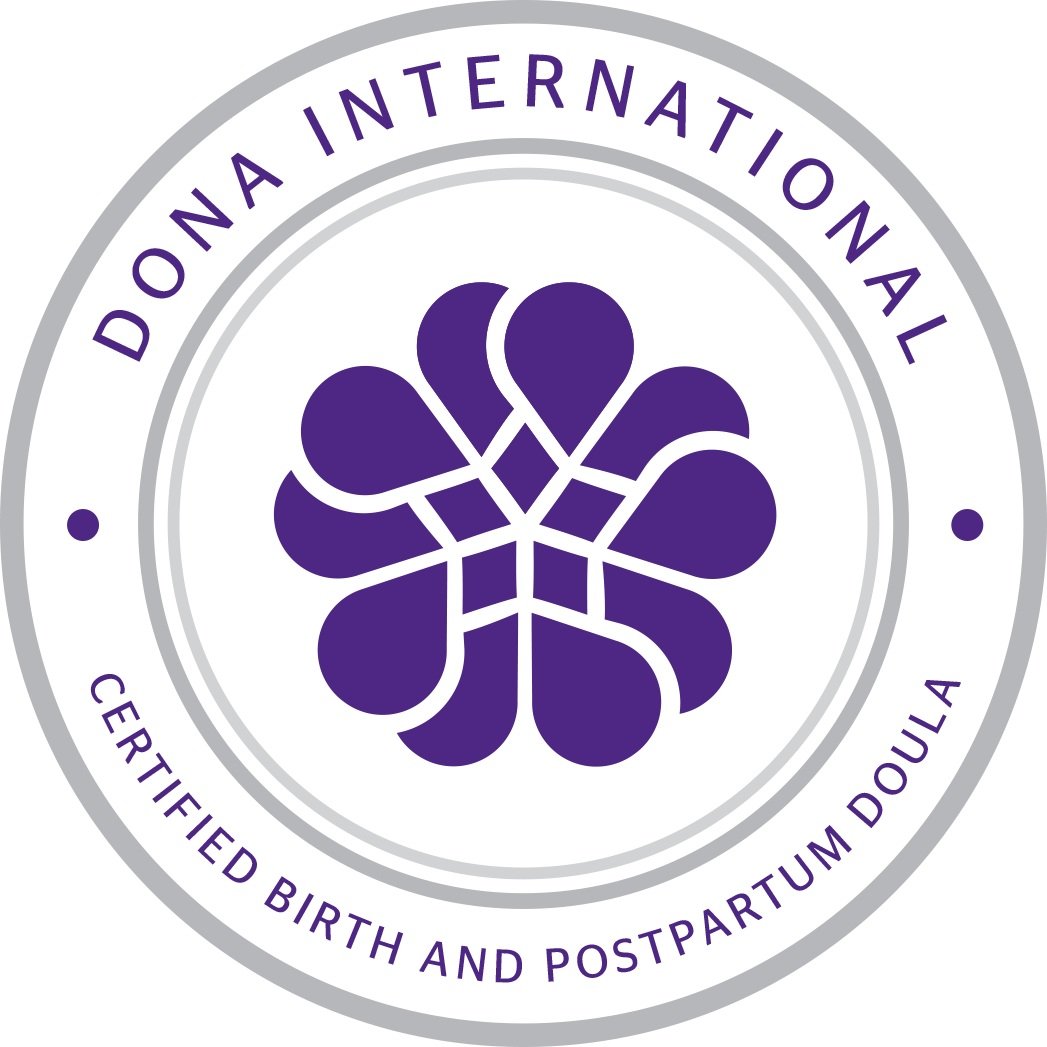NATURAL FERTILITY WHILE BREASTFEEDING?
WANT TO LEARN LAM? (Lactational Amenorrhea Method)
Charting your fertility while breastfeeding? YES! It can be done……..
Welcome.
You may be here out of curiosity or because you are planning to/or are already breastfeeding and thinking about contraception - perhaps the topic has already come up with your midwife or your Plunket nurse. You want to know your options!
Perhaps you aren’t keen on the oral contraceptive pill (you can only take the progestogen-only pill whilst breastfeeding), or the IUD, an implant (LARC), Depo Provera injection or even barrier methods (e.g. condoms). Are there any options apart from abstaining?
YES! There is…. Find out your options.
LAM - Lactational Amenorrhea Method
Relies on Exclusive breastfeeding
The woman not having a bleed after 8 weeks AND
A Baby who is less than 6 months of age
This method does not require any charting BUT must have a commitment to exclusive breastfeeding while using this method.
It is suitable for:
Those who know before they give birth that they would like to use the LAM
Plan to exclusively breastfeed
Do not want to chart their signs of fertility while caring for a young baby
LAM has the advantage of avoiding the uncertainty, the unnecessary abstinence of a frequently changing mucus pattern during the 6 months of lactational amenorrhoea.
See Lactational Amenorrhoea Method Chart here
Breastfeeding Charting
Based on noting cervical mucus signs, vulva sensation and baby’s feeding & sleeping patterns to recognise infertility and the signs of returning fertility. This requires detailed and accurate charting.
This is the ONLY OPTION for those who do not intend to breastfeed exclusively.
This method is suitable for:
Those who do not visit an NFNZ educator until their baby is a few months old
Have used the method in the past and it worked well for them
Choose to record signs of infertility rather than use LAM
Do not meet the LAM criteria (see above)
Plan to return to work early
Plan to introduce solids early
Click here for an example of a Breastfeeding Chart
Click here for an example of a Partial Breastfeeding Chart
WHICH METHOD CAN I USE?
Is your baby less than 6 month’s old? If yes, then
Are you amenorrhoeic? (no periods) If yes, then
You have had NO bleeding OR spotting since 8 weeks? If yes, then
Are you exclusively breastfeeding your baby? (exclusive breastfeeding means to feed your baby in a ‘cue based and responsive way’ - previously called ‘baby led or feeding on demand’ when the baby is hungry, no supplements, complementary feeds or solids are offered) If yes, then
** Exclusive breastfeeding provides at least 98% protection from pregnancy (NFNZ, 2020)
If you answered NO to any of these then you cannot use the LAM. Please see Breastfeeding Charting Information.
Research: Lactational Amenorrhoea method: the evidence is there, why aren’t we using it? http://epubs.surrey.ac.uk/812803/
A very small percentage of women who exclusively breastfeed responsively do experience return of menstruation before 6 month’s postpartum (NFNZ, 2020)
In NZ, our anecdotal evidence shows that most women who exclusively breastfeed in a cue and responsive way have a return of menstruation between 8 & 9 months postpartum (NFNZ, 2020)
In the British Medical Journal (BMJ) 2012, a publication showed that menstruation on average occurred at 7 and a half months’ postpartum with ovulatory cycles occurring at 8 and a half months (NFNZ, 2020)
NZ Ministry of Health Breastfeeding Definitions:
Exclusive: The infant has never, to the mother’s knowledge , had any water, formula or other liquid or solid food. Only breast milk, from the breast or expressed, and prescribed medicines have been given from birth.
Full: The infant has taken breast milk only, and no other liquids or solids except a minimal amount of water or prescribed medicines, in the past 48hrs.
Partial: The infant has taken some breast milk and some infant formula or other solid food in the past 48 hours.
WHO (The Word Health Organisation) recommends that in addition to six months’ exclusive breastfeeding, babies should be breastfed, with appropriate complementary foods, into their second year and beyond (Global Strategy for Infant and Young Child Feeding WHO and UNICEF, 2003).
NZ MOH (New Zealand Ministry of Health) recommends babies are exclusively breastfed until 6 months and then solids can be introduced. Even at this point, the breast is offered first, then solids at 6-7 months. From 8-12 months, solids can be offered first. Breastfeeding is encouraged for the first 12 months.
Helpful Support:
La Leche League https://lalecheleague.org.nz/
NZLCA - NZ Lactation Consultants Association https://www.nzlca.org.nz/
The Parents Centre https://www.parentscentre.org.nz/
Canterbury Breastfeeding Advocacy Service https://www.canbreastfeed.co.nz
Disclaimer: The information, including but not limited to, text, graphics, images and other material contained on this website are for informational purposes only. The purpose of this website is to promote broad consumer understanding and knowledge of various holistic health & Birth support topics. It is not intended to be a substitute for professional medical advice, diagnosis or treatment. Always seek the advice of your physician or other qualified health care provider with any questions you may have regarding a medical condition or treatment and before undertaking a new health care regimen, and never disregard professional medical advice or delay in seeking it because of something you have read on this website.





